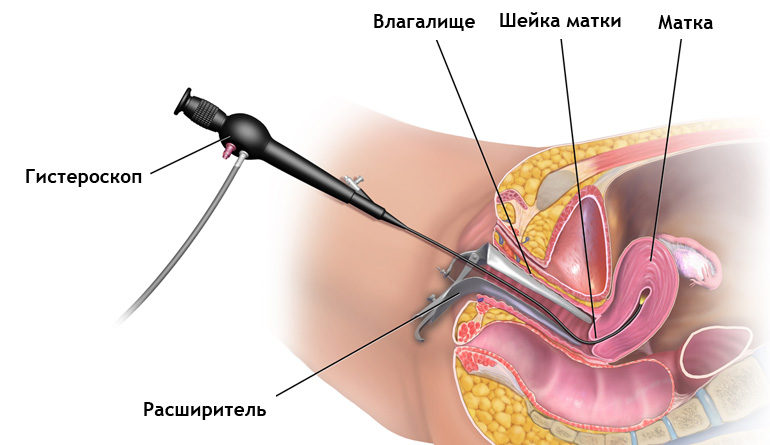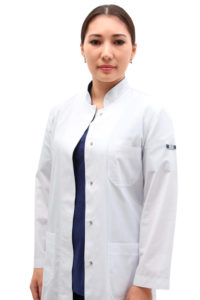Hysteroscopy in Astana
What is included in the cost of hysteroscopy?
- Primary appointment of an obstetrician-gynecologist
- Repeated appointment of an obstetrician–gynecologist
- Hysteroscopy
- Consultation of an anesthesiologist and intravenous anesthesia during general gynecological procedures (hysteroscopy, etc.)
What is hysteroscopy of the uterus and when is the procedure prescribed?
In contemporary gynecology, a procedure known as hysteroscopy is employed to examine the condition of the uterus. This diagnostic technique enables the identification of causes and characteristics of uterine bleeding, factors contributing to infertility, and early-stage genital pathology.
Hysteroscopy is conducted utilizing a specialized medical instrument known as a hysteroscope. It resembles a slender, elongated device fitted with an illumination system and a video camera. Hysteroscopy of the uterus is a completely safe and typically painless diagnostic procedure. Most frequently, the examination is carried out under general anesthesia.

When is hysteroscopy of the uterus prescribed?
The primary objective of uterine hysteroscopy is direct diagnosis. Utilizing the diagnostic information, the physician determines the underlying causes of the pathology and establishes a diagnosis. The secondary purpose of uterine hysteroscopy is therapeutic, involving the removal of the disease focus, after which the body can naturally recover. Generally, the indications for uterine hysteroscopy include suspicion of conditions such as:
- endometrial hyperplasia;
- benign diseases;
- uterine fibroids;
- obstruction of the fallopian tubes;
- uterine bleeding;
- infertility;
- uterine cancer, etc.
If indications of uterine cancer are identified during hysteroscopy, a biopsy is promptly conducted, which involves collecting biological material for subsequent examination in a laboratory.
The therapeutic role of uterine hysteroscopy is justified by the fact that the procedure entails the removal of uterine pathological formations, including septa, polyps, adhesions, and myomatous nodules.
Important features of the procedure
Uterine hysteroscopy is primarily conducted during the sixth to the tenth day of the menstrual cycle. However, in specific cases, a physician may recommend the procedure at other times.
The examination process is straightforward and entirely safe for the patient’s well-being. A hysteroscope, which is a slender rod with a 1 cm diameter, is gently inserted into the uterine cavity through the external genitalia. The video camera transmits a magnified image to the monitor, enabling the doctor to analyze the image effectively.
Our doctors
Заведующая клинико-диагностической лаборатории с отделением андрологии

























